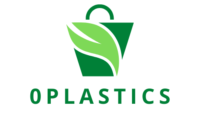Designing for the Future: A Look Inside Product Development Process
Imagine gazing into a crystal ball, not to predict fortunes, but to envision the products that will shape our tomorrows. This is the essence of designing for the future, a process that transcends mere trend forecasting and delves into the heart of product development, reimagining it for a world in constant flux. Gone are the …
Designing for the Future: A Look Inside Product Development Process Read More »








